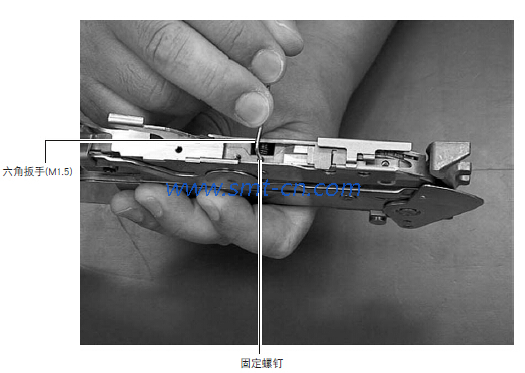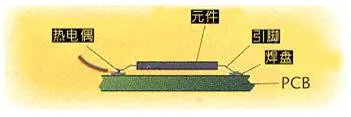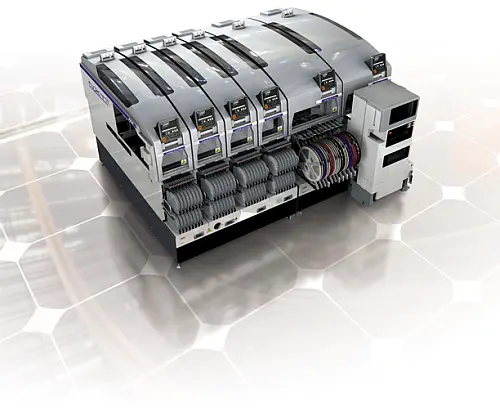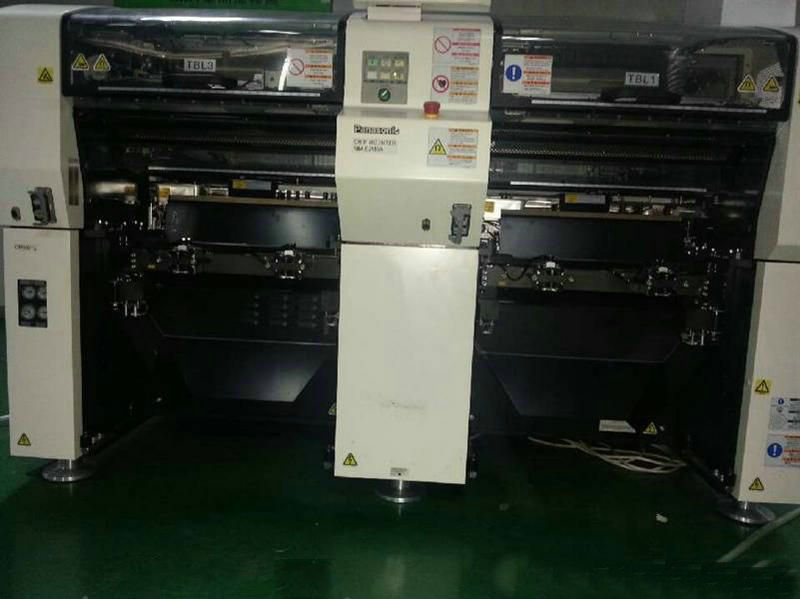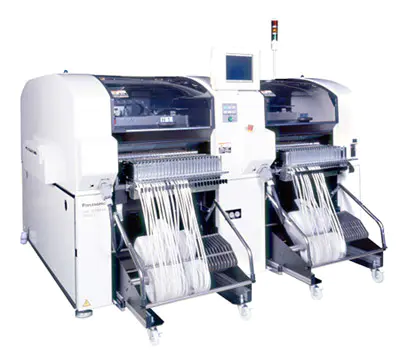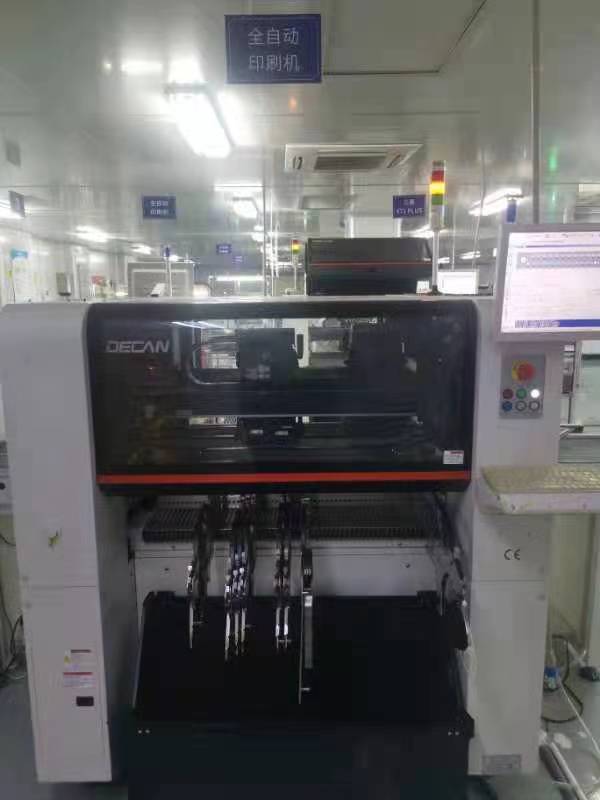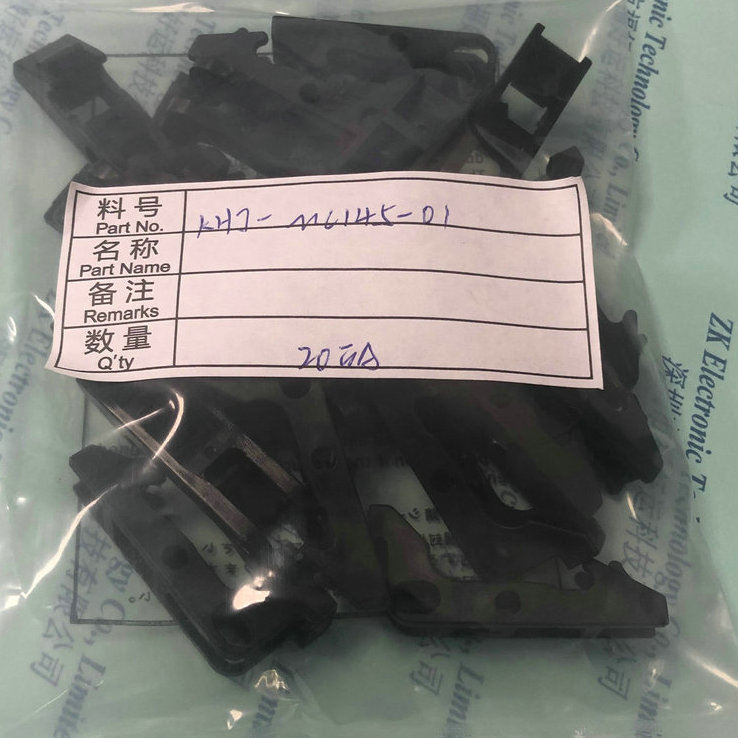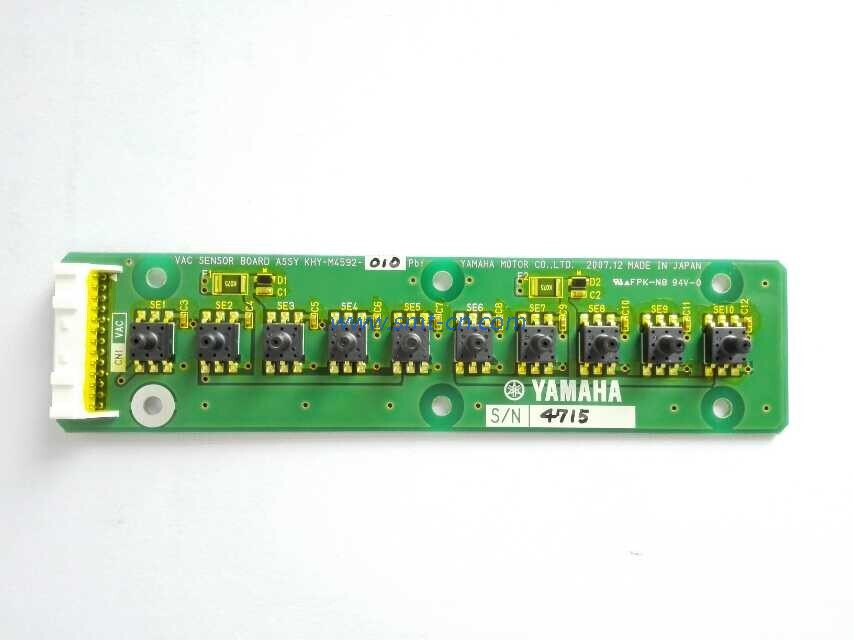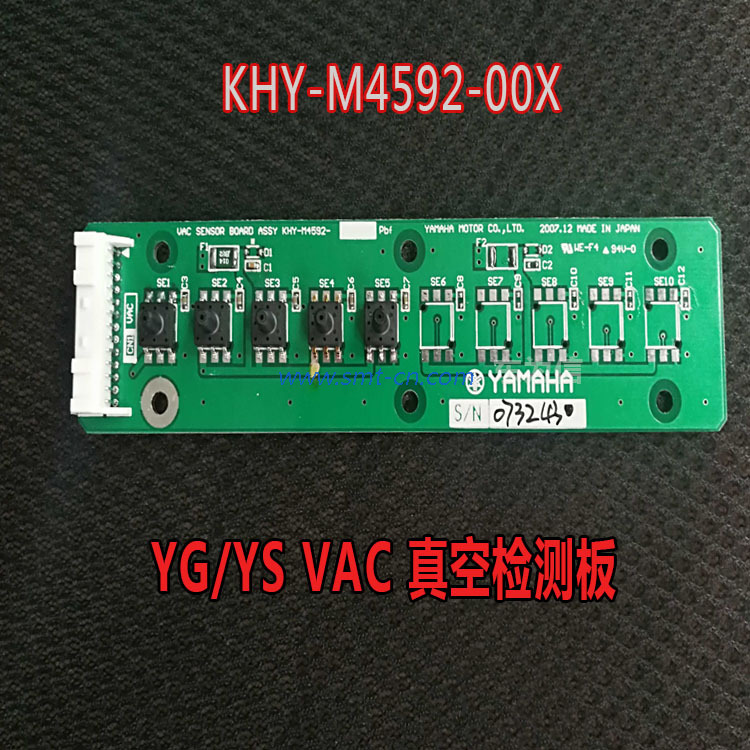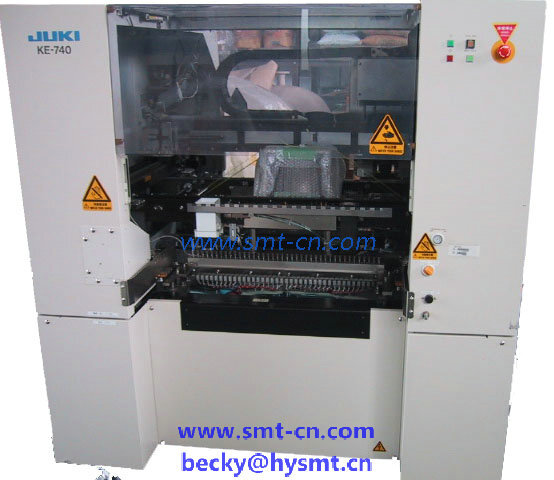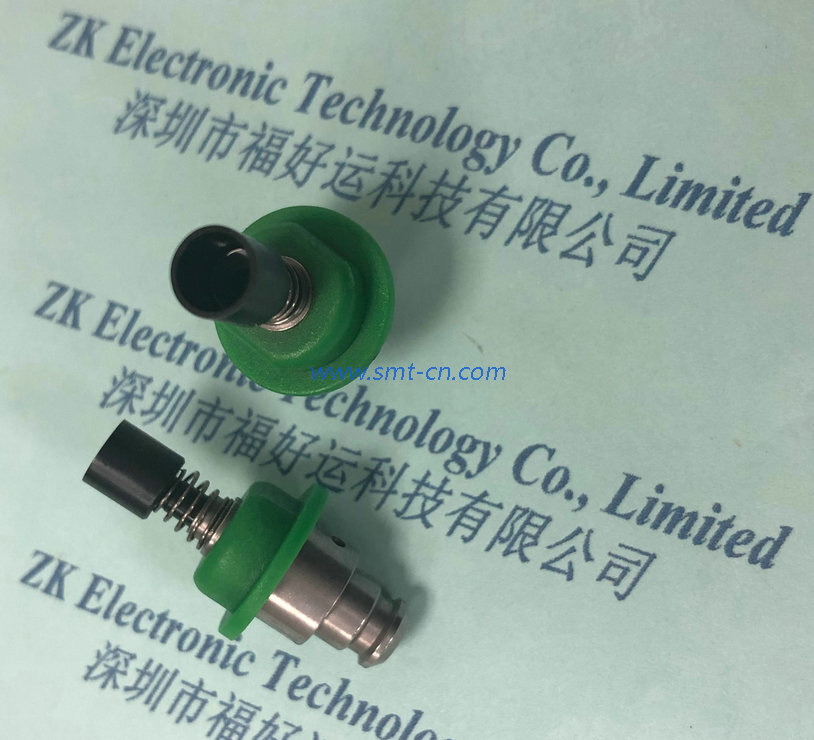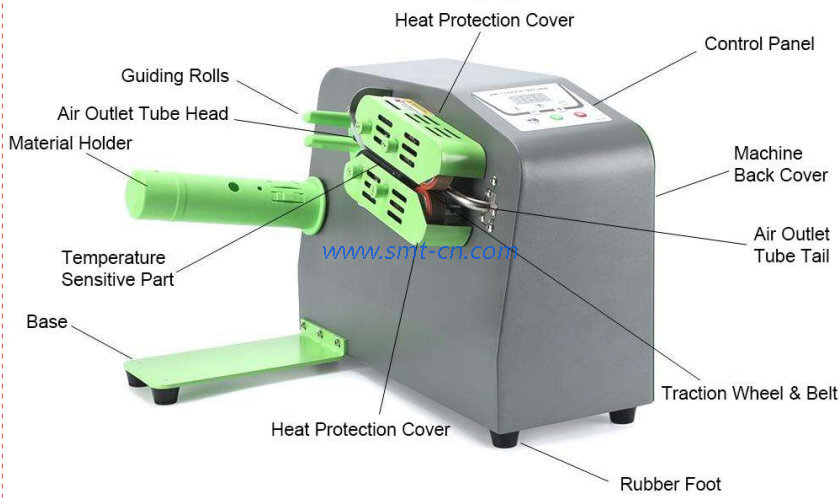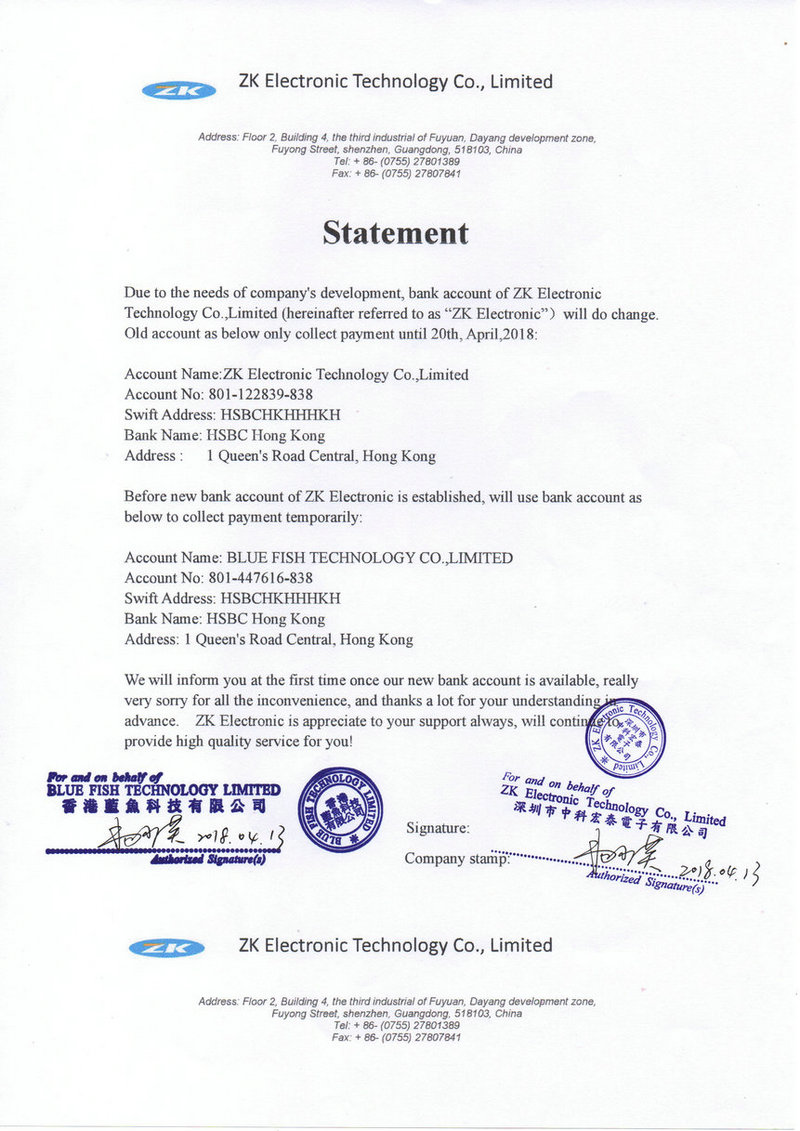NEWS
Wave soldering problem solving
- Categories:Industry News
- Author:Becky Su
- Origin:
- Time of issue:2024-01-13 10:43
- Views:
(Summary description)Wave soldering problem solving Perforated (TH) or hybrid technology circuit boards are still used in most products that do not require miniaturization, such as televisions, home audio-visual equipment, and upcoming digital set-top boxes, which still use perforated components and therefore require wave soldering. From a process point of view, wave soldering machines can only offer very little *basic* adjustment of the operating parameters of the equipment. After the board enters the wave soldering machine on a conveyor belt, it passes through some form of flux application device where the flux is applied to the board using wave, foam, or spray methods. Since most fluxes must reach and maintain an activation temperature during soldering to ensure complete wetting of the solder joint, the board passes through a preheating zone before entering the wave tank. Preheating after flux application gradually raises the temperature of the PCB and activates the flux. This process also reduces the thermal shock of the assembly as it enters the waveform. It is also used to evaporate any moisture that may have been absorbed or carrier solvents that dilute the flux, which, if not removed, can boil and cause spattering of the solder as it passes over the crest, or produce vapors that remain inside the solder to form hollow joints or grit. The length of the preheat section of a wave soldering machine is determined by the throughput and conveyor speed; the higher the throughput, the longer the preheat zone is required to bring the board to the desired wetting temperature. In addition, since double-sided boards and multilayer boards have a higher heat capacity, they require a higher preheating temperature than single-sided boards. At present, the wave soldering machine basically uses heat radiation for preheating, * commonly used wave soldering preheating methods are forced hot air convection, electric hot plate convection, electric heating rod heating and infrared heating. Among these methods, forced hot air convection is usually considered to be the most process wave soldering machine * effective heat transfer method. After preheating, the boards are soldered with either a single wave (λ-wave) or a dual wave (scrambled wave and λ-wave). A single wave is sufficient for perforated components. When the board enters the wave, the solder flows in the opposite direction to the direction of travel of the board, creating eddy currents around the component pins. This acts as a scrubber, removing all flux and oxide film residues from the top, creating a dip when the solder joint reaches the dip temperature. For mixed-technology assemblies, a perturbation wave is also typically used before the λ-wave. This wave is narrower and perturbed with a higher vertical pressure, which allows the solder to penetrate well into the placement of compact pins and surface-mounted components (SMD) pads between the λ-wave is then used to complete the formation of the solder joint. As components now become smaller and PCBs denser, the potential for bridging and short-circuiting between solder joints has increased. But there have been a number of effective methods available to solve this problem, one of which is the use of wind knife technology. This is in the PCB out of the wave with a wind knife to melt the solder joints blowing a beam of hot air or nitrogen, this and the PCB as wide as the wind knife can be carried out in the entire width of the PCB for complete quality control, to eliminate bridging or short-circuiting and reduce operating costs. Other defects that can occur include false or missing solder, also known as open circuits, which can form if flux is not applied to the PCB. Top surface wetting** can occur if there is not enough flux or if the preheat stage is run incorrectly. Although solder bridges or shorts can be detected during post-solder testing, it is important to realize that false soldering can test acceptable during post-solder quality checks and cause problems later in use. Problems in use can seriously affect the development of * low profit target, not only because of the cost of field replacement will be generated, but also because the customer found to the quality of the problem, and therefore will have an impact on future sales. Highly efficient solder antioxidant also raw materials. In the wave soldering stage, the PCB must be immersed in the wave to apply solder to the solder joints, so the height control of the wave is a very important parameter. Can be attached to the crest of a closed-loop control to make the height of the crest to maintain a constant, will be installed in a sensor on the crest of the conveyor chain above the rail, measuring the height of the crest relative to the PCB, and then use to speed up or reduce the speed of the tin pump to maintain the correct height of the immersion tin. The buildup of tin slag is detrimental to wave soldering. If dross collects in the tank, the likelihood
Wave soldering problem solving
(Summary description)Wave soldering problem solving
Perforated (TH) or hybrid technology circuit boards are still used in most products that do not require miniaturization, such as televisions, home audio-visual equipment, and upcoming digital set-top boxes, which still use perforated components and therefore require wave soldering. From a process point of view, wave soldering machines can only offer very little *basic* adjustment of the operating parameters of the equipment.
After the board enters the wave soldering machine on a conveyor belt, it passes through some form of flux application device where the flux is applied to the board using wave, foam, or spray methods. Since most fluxes must reach and maintain an activation temperature during soldering to ensure complete wetting of the solder joint, the board passes through a preheating zone before entering the wave tank.
Preheating after flux application gradually raises the temperature of the PCB and activates the flux. This process also reduces the thermal shock of the assembly as it enters the waveform. It is also used to evaporate any moisture that may have been absorbed or carrier solvents that dilute the flux, which, if not removed, can boil and cause spattering of the solder as it passes over the crest, or produce vapors that remain inside the solder to form hollow joints or grit.
The length of the preheat section of a wave soldering machine is determined by the throughput and conveyor speed; the higher the throughput, the longer the preheat zone is required to bring the board to the desired wetting temperature. In addition, since double-sided boards and multilayer boards have a higher heat capacity, they require a higher preheating temperature than single-sided boards.
At present, the wave soldering machine basically uses heat radiation for preheating, * commonly used wave soldering preheating methods are forced hot air convection, electric hot plate convection, electric heating rod heating and infrared heating. Among these methods, forced hot air convection is usually considered to be the most process wave soldering machine * effective heat transfer method.
After preheating, the boards are soldered with either a single wave (λ-wave) or a dual wave (scrambled wave and λ-wave). A single wave is sufficient for perforated components. When the board enters the wave, the solder flows in the opposite direction to the direction of travel of the board, creating eddy currents around the component pins. This acts as a scrubber, removing all flux and oxide film residues from the top, creating a dip when the solder joint reaches the dip temperature.
For mixed-technology assemblies, a perturbation wave is also typically used before the λ-wave. This wave is narrower and perturbed with a higher vertical pressure, which allows the solder to penetrate well into the placement of compact pins and surface-mounted components (SMD) pads between the λ-wave is then used to complete the formation of the solder joint.
As components now become smaller and PCBs denser, the potential for bridging and short-circuiting between solder joints has increased. But there have been a number of effective methods available to solve this problem, one of which is the use of wind knife technology. This is in the PCB out of the wave with a wind knife to melt the solder joints blowing a beam of hot air or nitrogen, this and the PCB as wide as the wind knife can be carried out in the entire width of the PCB for complete quality control, to eliminate bridging or short-circuiting and reduce operating costs.
Other defects that can occur include false or missing solder, also known as open circuits, which can form if flux is not applied to the PCB. Top surface wetting** can occur if there is not enough flux or if the preheat stage is run incorrectly.
Although solder bridges or shorts can be detected during post-solder testing, it is important to realize that false soldering can test acceptable during post-solder quality checks and cause problems later in use. Problems in use can seriously affect the development of * low profit target, not only because of the cost of field replacement will be generated, but also because the customer found to the quality of the problem, and therefore will have an impact on future sales.
Highly efficient solder antioxidant also raw materials.
In the wave soldering stage, the PCB must be immersed in the wave to apply solder to the solder joints, so the height control of the wave is a very important parameter. Can be attached to the crest of a closed-loop control to make the height of the crest to maintain a constant, will be installed in a sensor on the crest of the conveyor chain above the rail, measuring the height of the crest relative to the PCB, and then use to speed up or reduce the speed of the tin pump to maintain the correct height of the immersion tin.
The buildup of tin slag is detrimental to wave soldering. If dross collects in the tank, the likelihood
- Categories:Industry News
- Author:Becky Su
- Origin:
- Time of issue:2024-01-13 10:43
- Views:
Wave soldering problem solving
Perforated (TH) or hybrid technology circuit boards are still used in most products that do not require miniaturization, such as televisions, home audio-visual equipment, and upcoming digital set-top boxes, which still use perforated components and therefore require wave soldering. From a process point of view, wave soldering machines can only offer very little *basic* adjustment of the operating parameters of the equipment.
After the board enters the wave soldering machine on a conveyor belt, it passes through some form of flux application device where the flux is applied to the board using wave, foam, or spray methods. Since most fluxes must reach and maintain an activation temperature during soldering to ensure complete wetting of the solder joint, the board passes through a preheating zone before entering the wave tank.
Preheating after flux application gradually raises the temperature of the PCB and activates the flux. This process also reduces the thermal shock of the assembly as it enters the waveform. It is also used to evaporate any moisture that may have been absorbed or carrier solvents that dilute the flux, which, if not removed, can boil and cause spattering of the solder as it passes over the crest, or produce vapors that remain inside the solder to form hollow joints or grit.
The length of the preheat section of a wave soldering machine is determined by the throughput and conveyor speed; the higher the throughput, the longer the preheat zone is required to bring the board to the desired wetting temperature. In addition, since double-sided boards and multilayer boards have a higher heat capacity, they require a higher preheating temperature than single-sided boards.
At present, the wave soldering machine basically uses heat radiation for preheating, * commonly used wave soldering preheating methods are forced hot air convection, electric hot plate convection, electric heating rod heating and infrared heating. Among these methods, forced hot air convection is usually considered to be the most process wave soldering machine * effective heat transfer method.
After preheating, the boards are soldered with either a single wave (λ-wave) or a dual wave (scrambled wave and λ-wave). A single wave is sufficient for perforated components. When the board enters the wave, the solder flows in the opposite direction to the direction of travel of the board, creating eddy currents around the component pins. This acts as a scrubber, removing all flux and oxide film residues from the top, creating a dip when the solder joint reaches the dip temperature.
For mixed-technology assemblies, a perturbation wave is also typically used before the λ-wave. This wave is narrower and perturbed with a higher vertical pressure, which allows the solder to penetrate well into the placement of compact pins and surface-mounted components (SMD) pads between the λ-wave is then used to complete the formation of the solder joint.
As components now become smaller and PCBs denser, the potential for bridging and short-circuiting between solder joints has increased. But there have been a number of effective methods available to solve this problem, one of which is the use of wind knife technology. This is in the PCB out of the wave with a wind knife to melt the solder joints blowing a beam of hot air or nitrogen, this and the PCB as wide as the wind knife can be carried out in the entire width of the PCB for complete quality control, to eliminate bridging or short-circuiting and reduce operating costs.
Other defects that can occur include false or missing solder, also known as open circuits, which can form if flux is not applied to the PCB. Top surface wetting** can occur if there is not enough flux or if the preheat stage is run incorrectly.
Although solder bridges or shorts can be detected during post-solder testing, it is important to realize that false soldering can test acceptable during post-solder quality checks and cause problems later in use. Problems in use can seriously affect the development of * low profit target, not only because of the cost of field replacement will be generated, but also because the customer found to the quality of the problem, and therefore will have an impact on future sales.
Highly efficient solder antioxidant also raw materials.
In the wave soldering stage, the PCB must be immersed in the wave to apply solder to the solder joints, so the height control of the wave is a very important parameter. Can be attached to the crest of a closed-loop control to make the height of the crest to maintain a constant, will be installed in a sensor on the crest of the conveyor chain above the rail, measuring the height of the crest relative to the PCB, and then use to speed up or reduce the speed of the tin pump to maintain the correct height of the immersion tin.
The buildup of tin slag is detrimental to wave soldering. If dross collects in the tank, the likelihood of dross getting inside the wave increases. This problem can be avoided by designing the tin pump system to draw tin from the bottom of the bath rather than the top where the dross collects. The use of inert gases can also reduce slag and save money.
Nitrogen soldering can reduce dross and save money, but the user must bear the cost of the nitrogen as well as the upfront investment in the delivery system. Often there is a trade-off between these two factors, so the savings from reduced maintenance and lower defect rates due to better wetting of the solder joints must be determined. Alternatively, a low residue process can be used, where some flux residue is left on the board that is acceptable according to the product or customer requirements.
Users such as contract manufacturers do not have total control over the design of the product being soldered and therefore seek a wider range of processes, which can be achieved by using a corrosive flux and then cleaning. Although there is an initial investment in equipment, in most cases this is a *low cost* approach as the product that comes off the line is of high quality and does not need to be reworked.
Many users use automated in-line equipment to manufacture and assemble seven days a week. As a result, the issue of productivity is more important than ever, and it is essential that all equipment have the highest possible uptime. When selecting wave soldering equipment, it is important to consider the MTBF (Mean Time Between Failure) of each system and its MTTR (Mean Time To Repair). A lower MTTR can be achieved if a system has a high degree of serviceability with lift-up panels, folding rear doors, and fully maneuverable bench access doors; similarly, consider that shorter maintenance times can be achieved by reducing the maintenance of the solder module and reducing the maintenance of the flux applicator.
What kind of wave soldering method to use: The use of wave soldering method or process depends on the complexity of the product and the production volume, if you want to make complex products and the production volume is very high, you can consider using a nitrogen process such as CoN▼2▼Tour wave to reduce the slag and improve the wettability of the solder joints.
If a medium-sized machine is used, the feats can be categorized into nitrogen processes and air processes. Users can still process complex boards in an air environment, in which case corrosive fluxes can be used, cleaned after soldering, or low-solid fluxes can be used, depending on the customer's requirements.
Air Knife De-Bridging Technology: There are many advanced complementary options within the various machine types. For example, the SpeedlineELECTROVERT offers an award-winning** hot air knife debriding technology for removing bridges and performing non-destructive stress testing of solder joints. The air knife is located at the exit of the weld channel and shoots a narrow 0.4572mm hot air stream at an angle of 40° to 90° from horizontal into the weld joint. It allows all perforated solder joints that were not soldered well enough the ** first time due to air retention to be refilled with solder without affecting the normal solder joint.
It must be noted, however, that it is not necessary to set more options on the wave soldering equipment in order to make a significant improvement in the quality of the solder joints. And it is also important for all production equipment to check the true accuracy of each engineering data, *the best way to do this is to run the board through the machine before purchasing.
Related News
CONTACT US
Hotline:(0086)755-27801389
Mobile: (0086)15323874439
Sale No.1: becky@hysmt.cn
Sale No.2: fhysmt@hysmt.cn
Sale No.3: zksale@hysmt.cn
Sale No.4: sale@hysmt.cn
Sale No.5: elsey@hysmt.cn
GIVE ME A MESSAGE
Copyright: ZK Electronic Technology Co., Ltd 粤ICP备11054297号 Powered by www.300.cn


